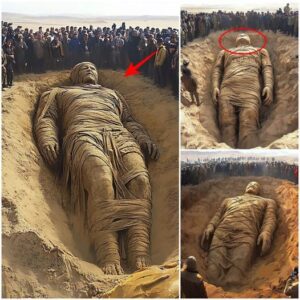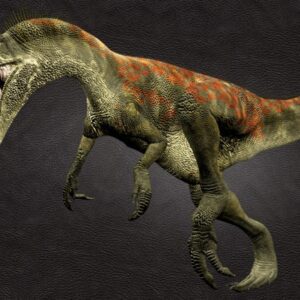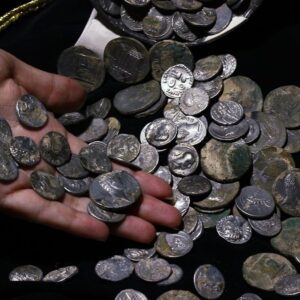This treasure was found in 1930 in a ground cavity under the floor of the northern stoa (covered walkway or portico) in the Agora of ancient Corinth. It consists of a gold necklace and 51 gold staters – 41 by Philip II and 10 by Alexander the Great (see below for details). The coins of Philip come from the mints of Pella and Amphipolis, while those of Alexander come from the mints of Amphipolis, Miletus, Tarsus, Salamis in Cyprus and Sidon.
This finding of Macedonian coins in Corinth may be related to the presence of Macedonian troops in the Peloponnese after 338 BC and the installation of a guard to control the Isthmus. The “treasure” must have been hidden after 330 BC, when Alexander had overthrown the Persian Empire and extended the borders of his state to the depths of Asia. At that time, the systematic issue and wider use of the gold coin was established in the Greek world. The intense exploitation of the gold mines in Macedonia by Philip II and the access of Alexander to the rich reserves of the Achaemenid Empire allowed the minting of gold coins in large quantities that flooded the markets. As a result, the ratio of gold to silver was reduced from 1:13 to 1:10. Thus, each of the gold staters corresponded to 20 silver drachmas, which was about the monthly salary of an infantryman.
Exhibited in the Numismatic Museum (El. Venizelou (Panepistimiou) 12, 10671, Athens)
MACEDONIAN KINGDOM. Philip II (359-336 BC). AV stater (18mm, 8.54 gm, 6h). Front: Laureate head of Apollo facing right / Back: Greek inscription ΦΙΛΙΠΠΟΥ, with charioteer driving galloping right, whip in right hand, reins in left.
MACEDONIAN KINGDOM. Alexander III the Great (336-323 BC). Front: Head of Athena facing right, hair falling in three tight corkscrew curls, upswept at temple and falling loose over left shoulder, wearing pendant earring, pearl necklace and triple-crested Corinthian helmet pushed back on head, short parallel crest ends, the bowl decorated with leaping griffin right / Back: Greek inscription AΛEΞANΔPOY / BAΣIΛEΩΣ, Nike advancing left, wreath in outstretched right hand, stylis cradled in left arm.





